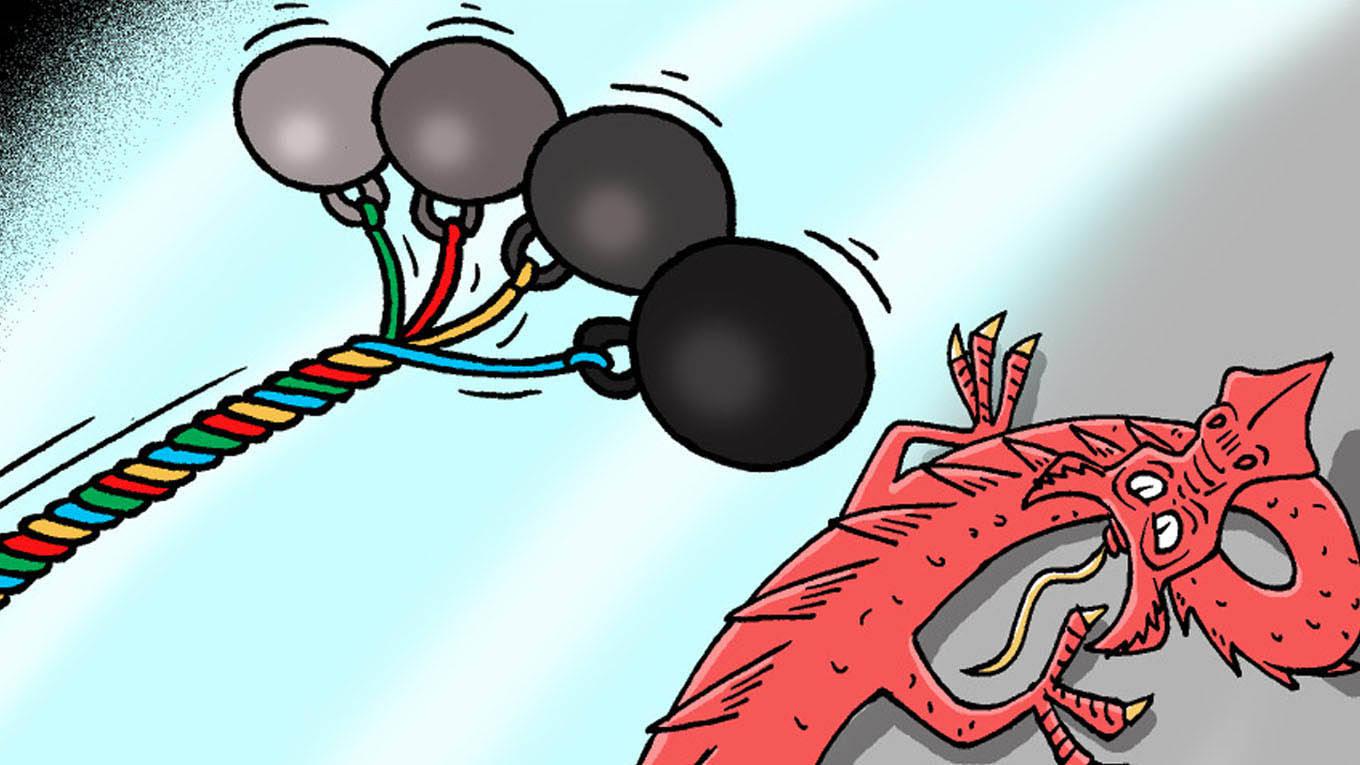India’s low profile but astute foreign secretary Harsh Vardhan Shringla recently described India’s Indo-Pacific geography as a succession of semi-circles. The innermost semi-circle incorporates our closest neighbours – the south Asian countries that share with us the waters of the Indian Ocean and that have shared our civilisational and cultural heritage. The arc of outer neighbourhood covers the Gulf states to the west and the and South Asian and ASEAN countries to the east, with whom we have old maritime associations and contemporary business and trade, energy and investment flows with labour and skills mobility adding new dimensions. Moving further, India has created partnerships and mechanisms with countries the opportunities, concerns and stakes of which intersect with ours. Though he did not state it, the Quad, comprising the US, India, Japan and Australia is one such mechanism, primarily aimed at checking the elephant in the room, China. Some perceptible observers are now describing it as an Asian NATO (North Atlantic Treaty Organisation) in the making, thrown up by the need of the hour. India needs to shed its traditional reluctance for multilateralism, couched under the terms of strategic autonomy, and needs to send a clear signal to other Quad members that it is not only willing to increase military co-operation with them, but also take part in developmental initiatives like the existing trilateral Indo-Pacific infrastructure partnership among the US, Japan, and Australia. The successful conduct of Malabar 2020 by the navies of the four countries has sent a strong signal to China that the march of Pax Sinica will not go unchallenged. A suitable follow-up to Malabar 2020 will be conducting the next Malabar Exercise in the South China Sea. The first step to defeating the dragon would be to take the battle to its backyard. Indeed, the Malabar naval exercises provide a good template for Quad countries to further their co-operation. As maritime challenges are a common ground, increasing inter-operability between the navies should be a priority. China, despite its aggressive actions in the South China Sea, remains vulnerable at sea. Improving intelligence sharing, secure communications, shared logistics and better interoperability are key areas in which there should be a year-round focus, rather than only during the annual Malabar exercise. India’s recent signing of the Basic Exchange and Co-operation Agreement (BECA), along with the earlier Logistics Exchange Memorandum of Understanding (LEMOA) and Compatibility and Security Agreement (COMCASA) with the US are positive steps in that direction. India also has military logistics agreements with Australia and Japan.
-

Illustration: Panju Ganguli

































